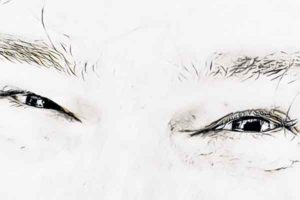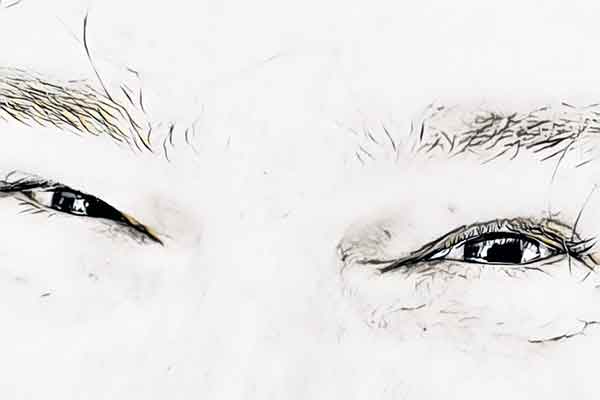Inner Task Week One – STOP-SEEING

We normally associate seeing with visual impressions that we receive through the physical eyes. That is one way that we ‘see.’ However, there are many other ways of seeing. In the next several weeks, we will be presented with small tasks that we can perform daily to open us more to the vitality, complexity, simplicity and responsibility in seeing. In the prologue to The Human Phenomenon, Teilhard tells us:
“One could say the whole of life lies in SEEING —if not ultimately, at least essentially. To be more is to be more united… but unity grows… only if it is supported by an increase in consciousness, of vision… To try to see more and to see better is not, therefore, just a fantasy, a curiosity, or a luxury. SEE or PERISH!”
If you followed the inner tasks given over the last 8 weeks by Jonathan Steele, some of what he presented — particularly with regards to the distinction he made between the energies of urgency and immediacy — may resurface in these inner tasks involving seeing. Most times, the repetition and recasting of principles and tasks with subtle distinctions can appropriate them more readily into our being.
In beginning to work with ‘seeing,’ as with all things in the work of awakening, it seems most beneficial, albeit difficult, to engage in interrupting our normal course of seeing. Here then, we commence with physical vision and our daily encounters. In our mechanical state, that is, when we are not present and not remembering ourselves, we take sight for granted. This is not just a matter of not thinking about seeing, but also not sensing the sight, and not feeling the sight. One way to address this in a wakeful manner, is to STOP – seeing.
For the inner task this week, as we begin to delve into the richness and utter necessity of seeing, let us simply STOP seeing. That is, let us attempt to stop seeing without seeing, i.e., without awareness, without mechanicalness, without feeling, without embodiment. In order to do this, you may need to set appointments during the day, at which ever intervals you find most doable yet also challenging, for you to STOP.
This is similar to the stop exercise in the Gurdjieff work, with which many of you may be familiar. This task is simply a check in. It is not an analysis of what I am or I am not doing. It is taking 3-centered inventory from my direct line of physical sight and vision.
As your appointment time arrives, if possible, freeze in whatever position you are in, and focus on what you are looking at with your eyes. Hold that for a few seconds and allow the eyes to soften as they will, and then go to your feet with your attention. Notice where your feet are while still holding your gaze on whatever is in front of your eyes. Try to avoid rigidity, allowing a softened relaxing while maintaining the integrity of the stayed posture. Finally, gently close your eyes for a second or two, and then open them continuing with your day. The four-step process:
- Freezing physical movement and focusing on what is in your direct line of physical vision, slowly softening the eyes and the vision (if you are blind or sighted with your eyes closed at the appointment time, proceed in like manner)
- Without moving the focus of your eyes, bring your attention also to your feet.
- Gently close your eyes, while still in the fixed position.
- Gently open your eyes, and continue with your day.
The whole process does not have to take any longer than 20 seconds. Don’t forget to breathe. Go with whatever seems right for you. After each piece of the task, notice what if anything changes or arises. For example, after you freeze, focus, and soften the vision, notice what arises or changes within your three centers – your head, your body, your feeling. Then, when you add the attention to your feet, does anything change or arise? Repeat the same when you close your eyes. And finally, notice what if anything changes or arises after you open your eyes.
After completing the task, if you have a burning desire to make a note, do so, but that is not critical. It is important to continue with your day. During the task, try not to think about what you are doing, just let it be what it is. See if anything new arises after doing this task for a while. Note that what arises may be something quite unexpected and subtle.
We are attempting to stop – seeing.
Inner Task Series by Thomas Telhiard
Thomas Telhiard posted this Inner Task Series to the Wisdom School Community on Facebook from August 27 – October 15, 2021


